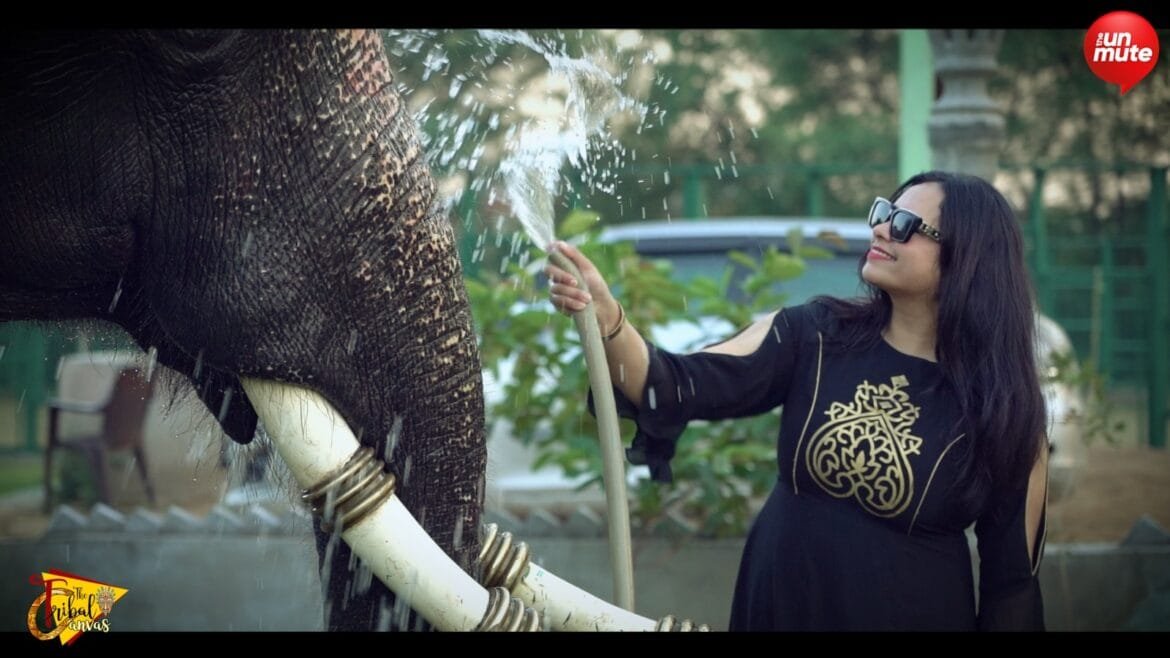Join us on an unforgettable journey into the world of mahouts, the dedicated elephant drivers who have spent their lives caring for and understanding these majestic creatures.
Through intimate stories and stunning visuals, this documentary explores the ancient bond between mahouts and elephants, and the vital role they play in conservation and community.
Mahouts takes you on a cinematic adventure that will leave you in awe of these gentle giants and the people who devote their lives to protecting them.
Elephants are one of the most intelligent creatures to be present on mother Earth, but Mahouts master them eventually. The connection between Elephants and Mahouts becomes so strong over the years that Elephants identify their concerned Mahout through their body fragrance. Just one touch of Mahout is enough to make the huge creature like Elephant move.
Most interestingly, the communication language between Mahout and Elephants is Sanskrit.
Asian Elephants as Domestic Creatures
Asian elephants have been domesticated for thousands of years, primarily in countries like India, Thailand, and Sri Lanka. They are often used in religious ceremonies, festivals, and as working animals in forestry and agriculture. Their relatively calm temperament and smaller size compared to African elephants make them more manageable for domestication. Communities in Asia have also developed a deep cultural and spiritual connection with these elephants, which has fostered a harmonious relationship between humans and these gentle giants.
Watch the amazing film on Haathi Gaon here
Why Can’t African Elephants Be Adopted as Domestic Animals?
African elephants are much larger and more temperamental than their Asian counterparts, making them difficult to domesticate. Unlike Asian elephants, which have a history of bonding with humans, African elephants are known for their wild and unpredictable nature. They have stronger survival instincts, making them resistant to training and less adaptable to human-controlled environments. Additionally, their habitat needs and dietary requirements are vast, making them unsuitable for domestic life.
How Mahouts Train Elephants
Mahouts, or elephant caretakers, establish a lifelong bond with the elephants they train. The process often begins when the elephant is young, as the mahout builds trust through constant companionship and gentle discipline. Training involves positive reinforcement techniques, such as rewards in the form of food, and verbal commands combined with touch. The mahout uses tools like the “ankush” (a small, blunt hook) to guide the elephant without causing harm. Over time, this relationship becomes one of mutual understanding and cooperation, enabling the elephant to perform tasks like carrying heavy loads or participating in ceremonies.
The Only “Haathi Gaon” in India, Jaipur
Located on the outskirts of Jaipur, Rajasthan, “Haathi Gaon” (Elephant Village) is a unique settlement dedicated to elephants and their mahouts. This village provides a natural and safe environment for over 100 domesticated elephants. Designed to mimic their natural habitat, it offers ample space, water pools, and shade for the elephants to live comfortably. Tourists and animal lovers visit Haathi Gaon to witness the majestic animals in their semi-wild environment, making it an important hub for elephant conservation and sustainable tourism.
Directed by Gurneet Kaur, Mahouts is a film about love, loyalty, and the unbreakable connection between humans and animals. Don’t miss this inspiring documentary, exclusively on Unmute Channel.”
Get ready to know about the one and only ‘Hathi Gau’ present in India which is situated in Jaipur. While such villages dedicated to elephants welfare are already present in Thailand.

